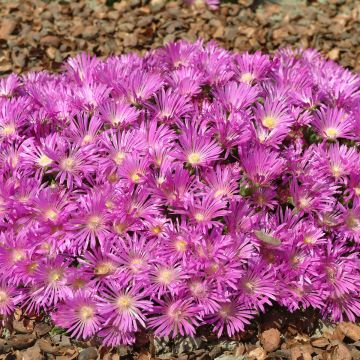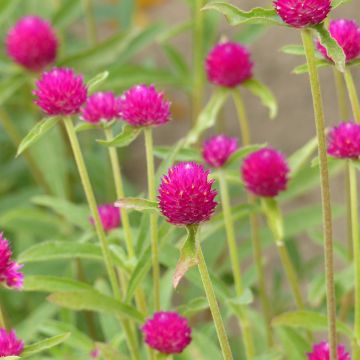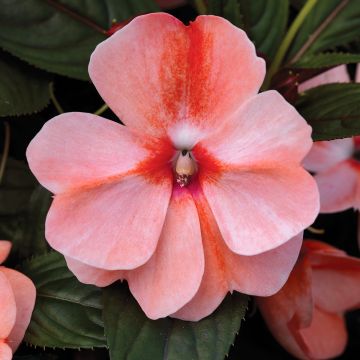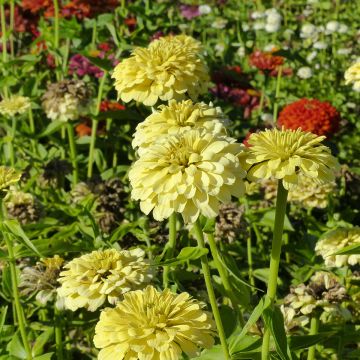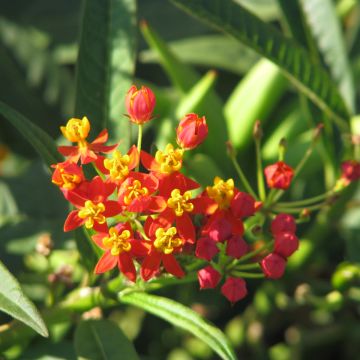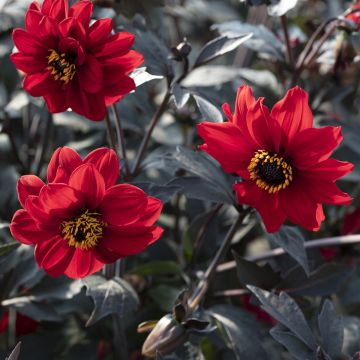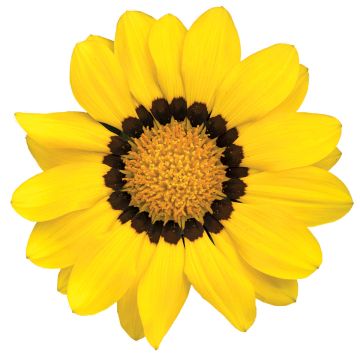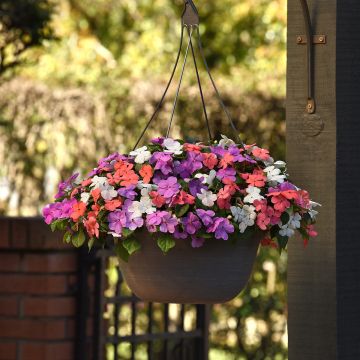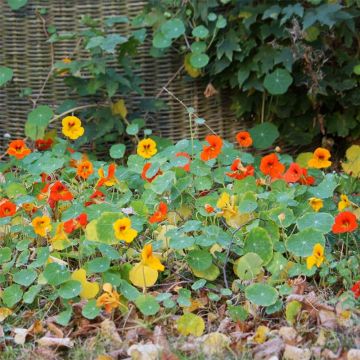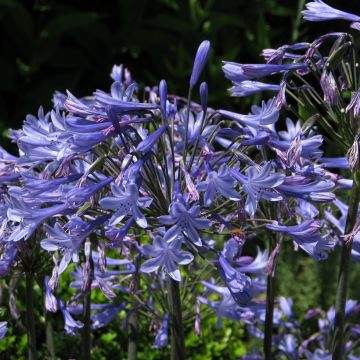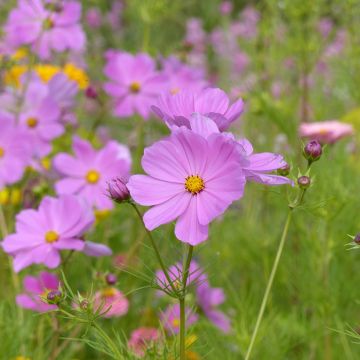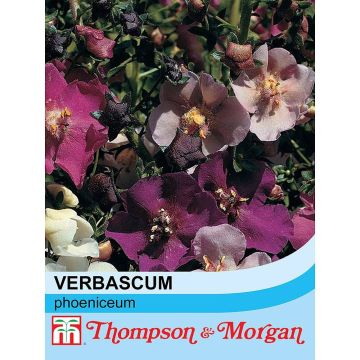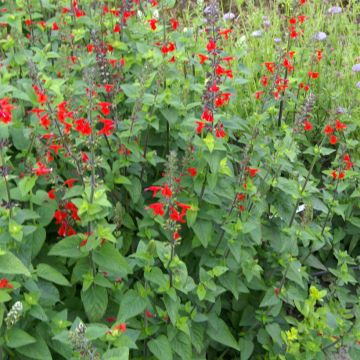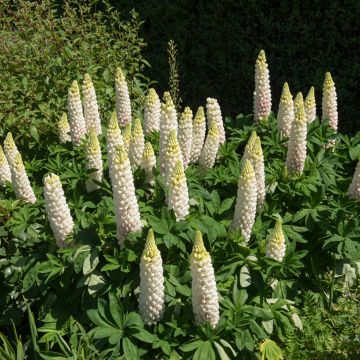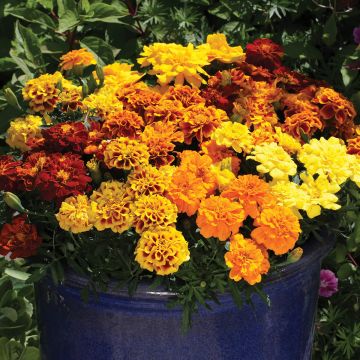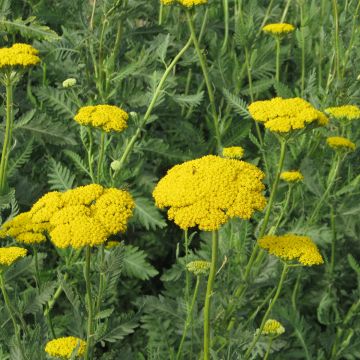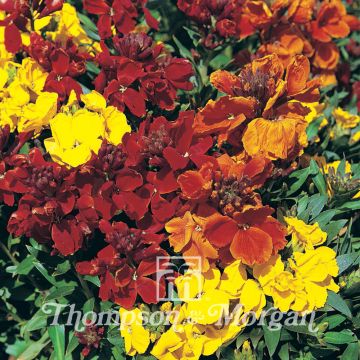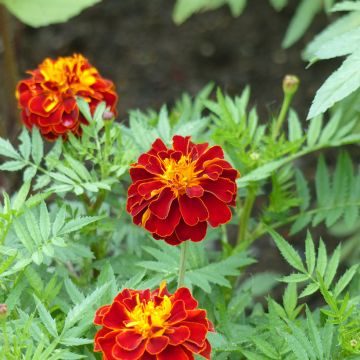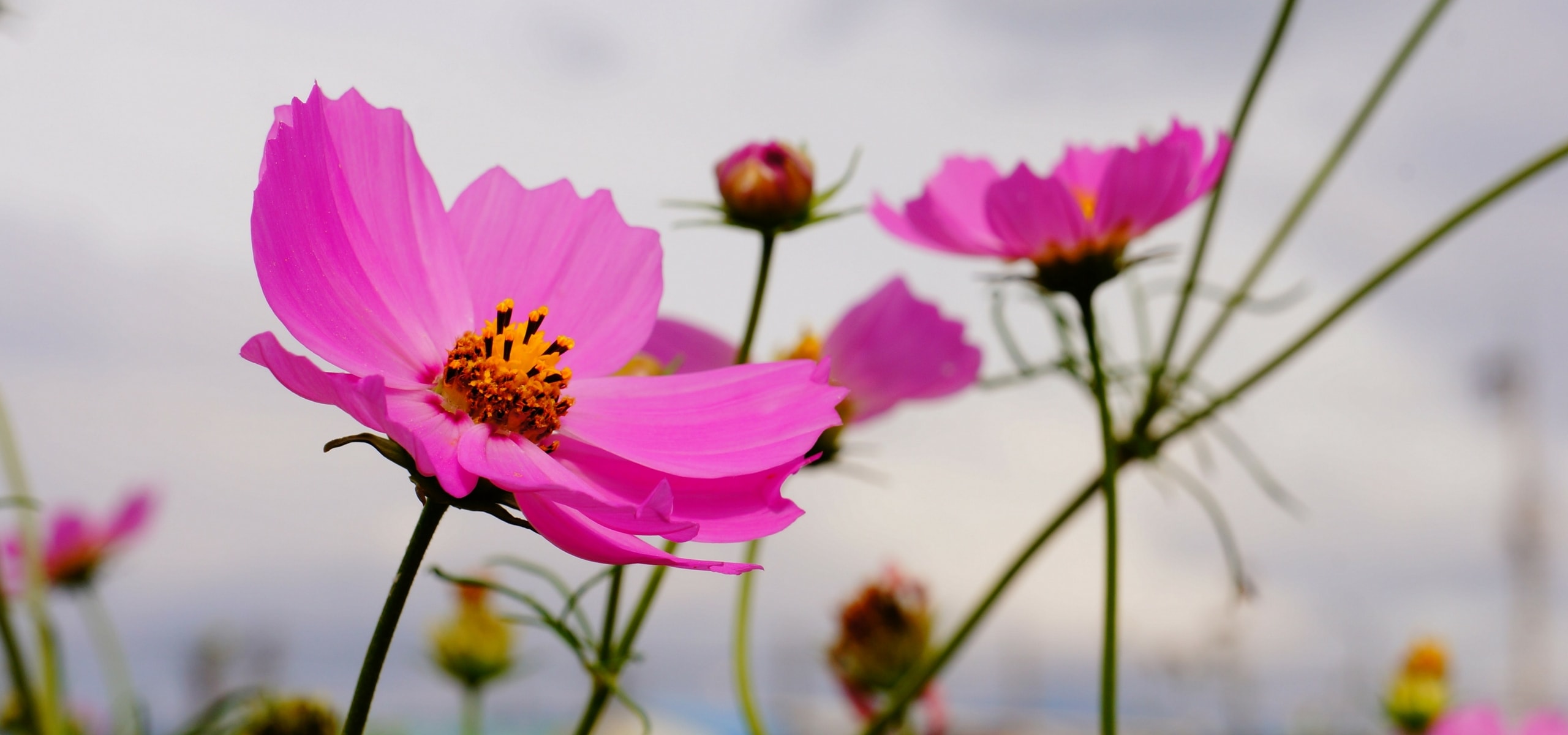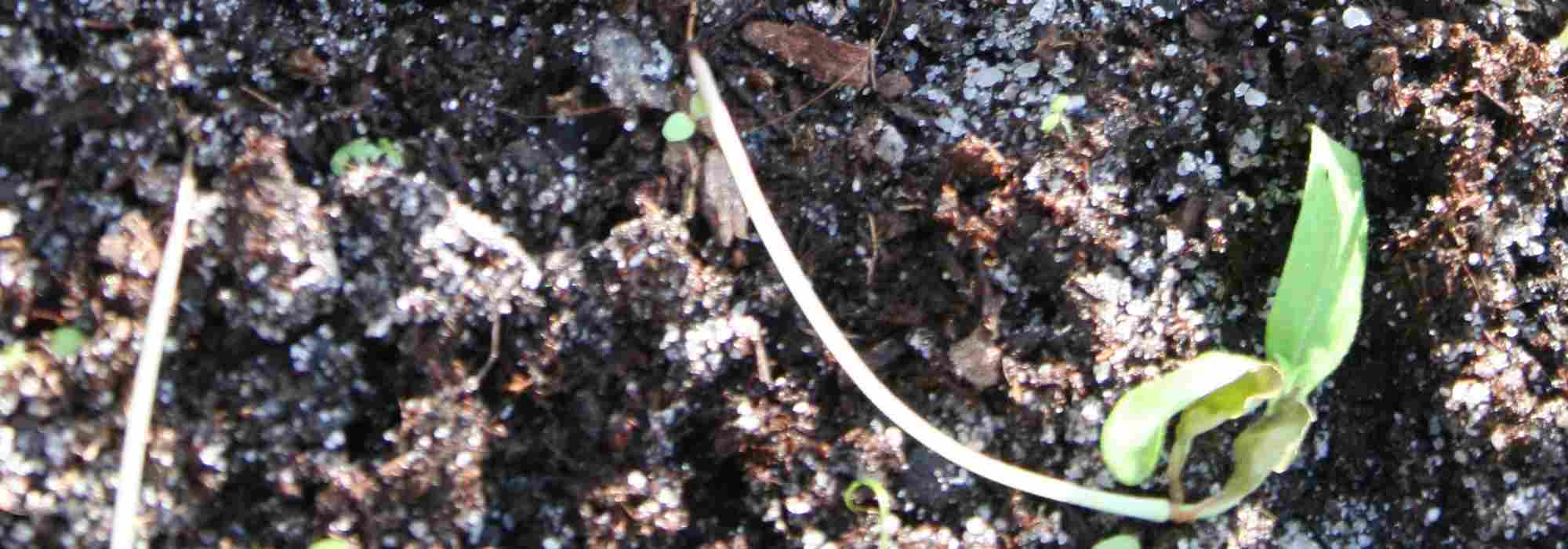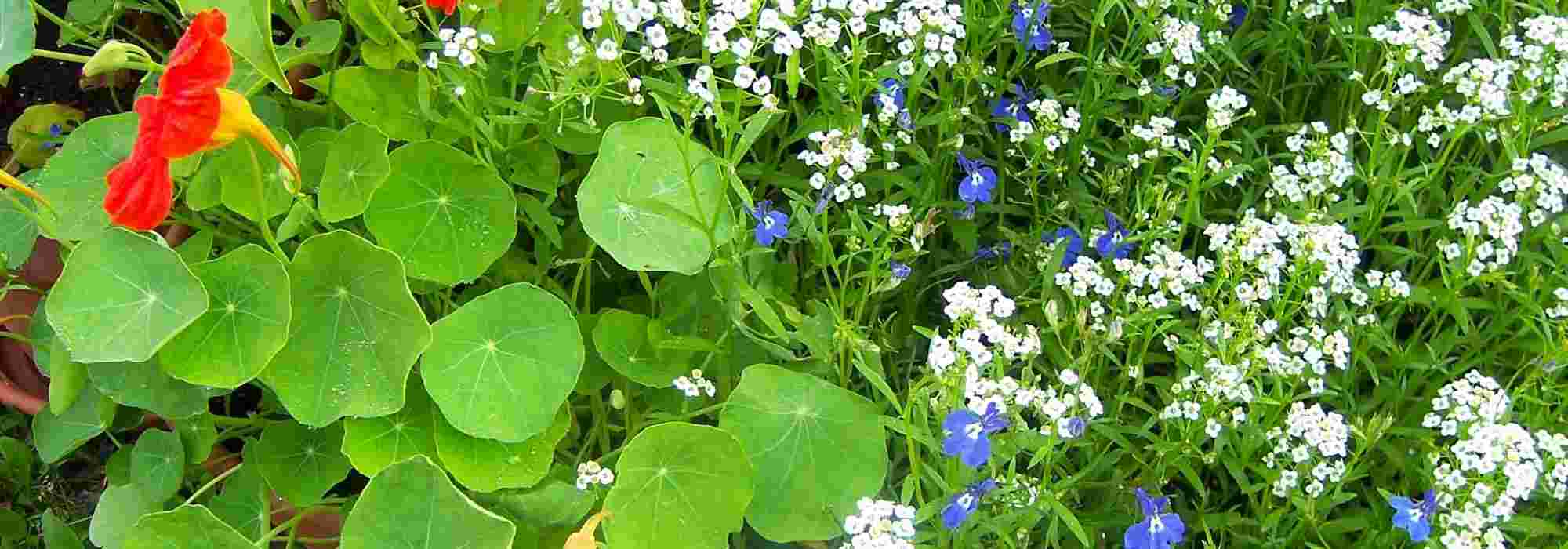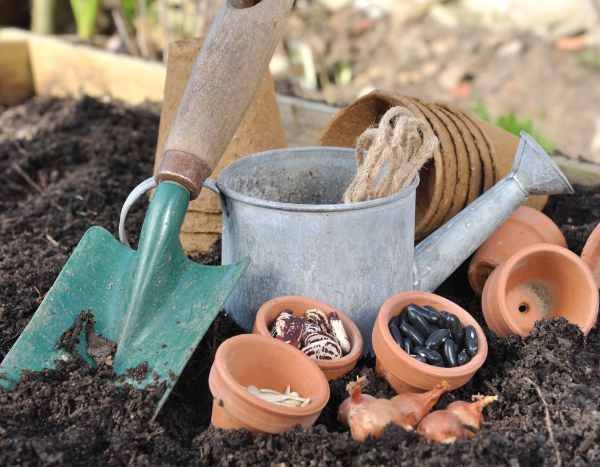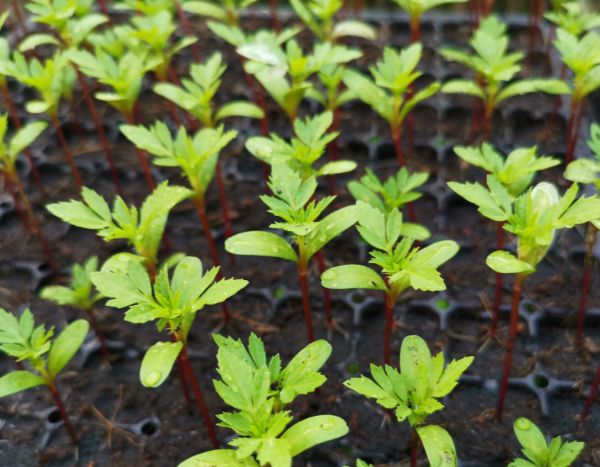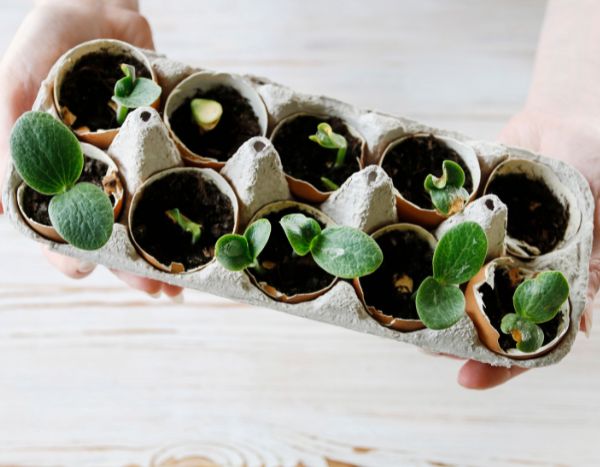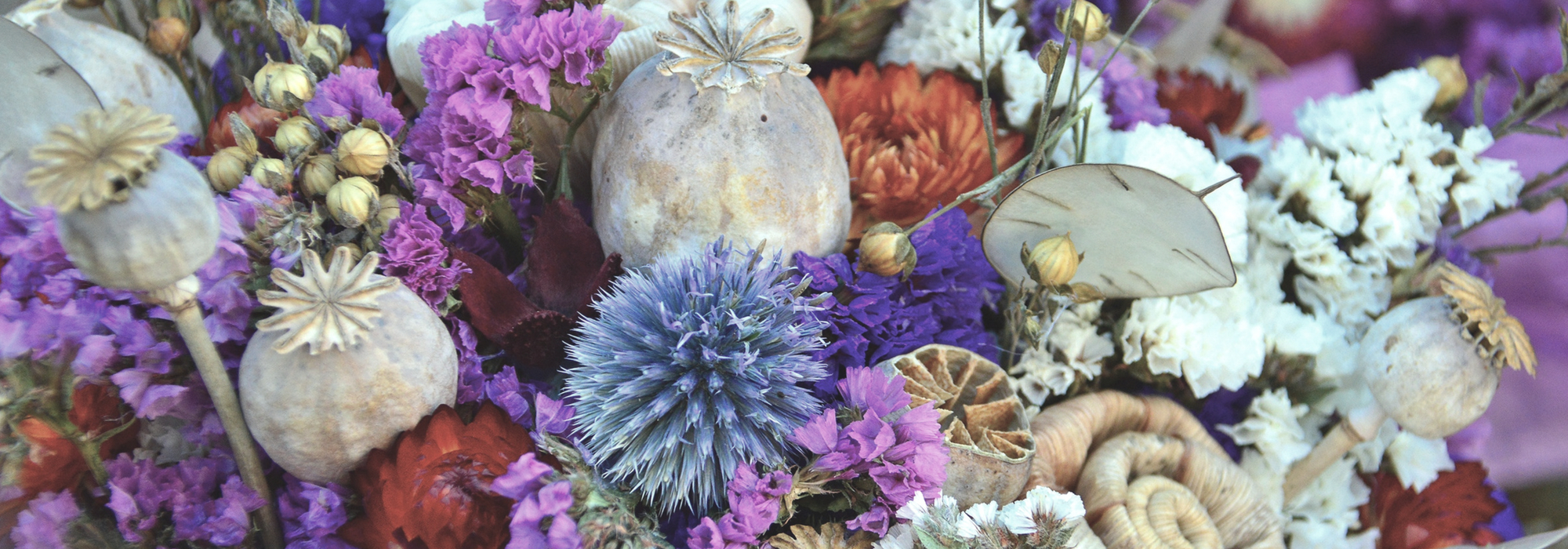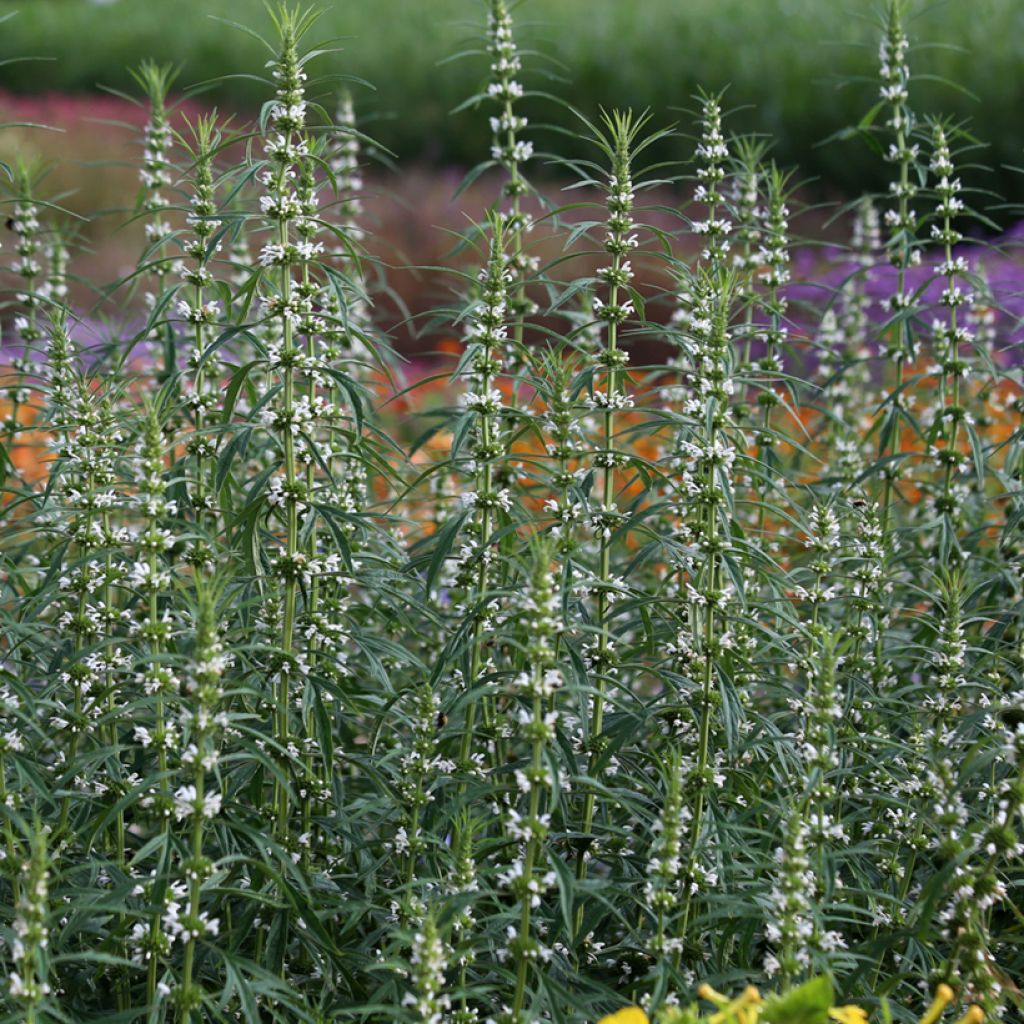

Leonurus sibiricus Alba seeds - Honeyweed
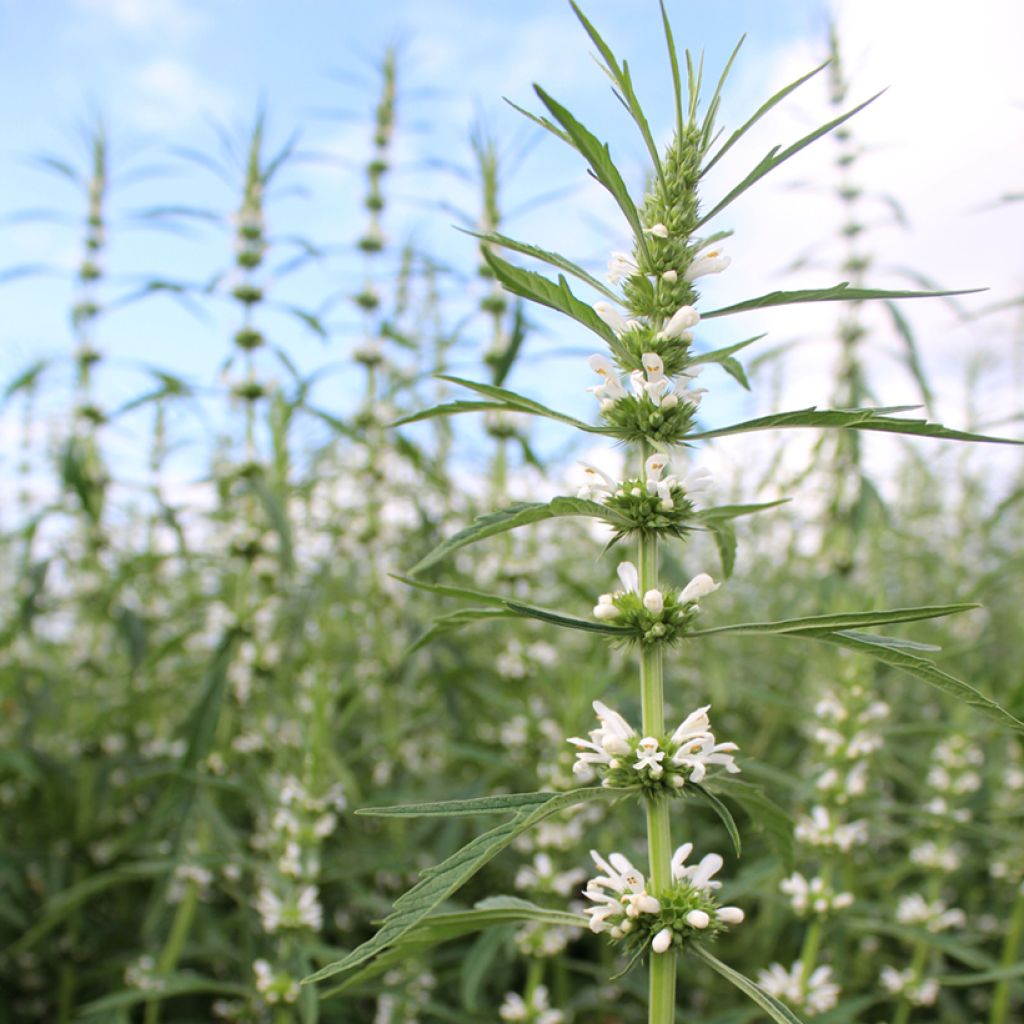

Leonurus sibiricus Alba seeds - Honeyweed
Leonurus sibiricus Alba seeds - Honeyweed
Leonurus sibiricus Alba
Siberian motherwort, Honeyweed, Marihuanilla
Special offer!
Receive a €20 voucher for any order over €90 (excluding delivery costs, credit notes, and plastic-free options)!
1- Add your favorite plants to your cart.
2- Once you have reached €90, confirm your order (you can even choose the delivery date!).
3- As soon as your order is shipped, you will receive an email containing your voucher code, valid for 3 months (90 days).
Your voucher is unique and can only be used once, for any order with a minimum value of €20, excluding delivery costs.
Can be combined with other current offers, non-divisible and non-refundable.
Why not try an alternative variety in stock?
View all →This plant carries a 6 months recovery warranty
More information
We guarantee the quality of our plants for a full growing cycle, and will replace at our expense any plant that fails to recover under normal climatic and planting conditions.
Does this plant fit my garden?
Set up your Plantfit profile →
Description
Leonurus sibiricus 'Alba', also known as Siberian Motherwort, Marijuanilla or "Little marijuana", is an aromatic and honey-producing medicinal plant. Generally grown as an annual, it has an elegant appearance with straight stems and flowering spikes adorned with small white flowers arranged in whorls, blooming from mid to late summer. This plant adds structure, height, and distinctive character to borders and large beds. It can be sown indoors at any time of the year. Pot cultivation is possible.
Siberian Motherwort belongs to the Lamiaceae family and is native to Asia, particularly southern Siberia, Japan, China, and Vietnam. Depending on the climate, it can be an annual, biennial, or perennial plant, showing very rapid growth that allows it to flower and produce seeds within a few months. It is actually a tender perennial: it can be kept for several years if sheltered in a greenhouse during winter. It develops a straight, hairy, square-sectioned, branched, leafy main stem, reaching between 90 cm and 1 m in height. The slightly dull green leaves are elegant, finely cut into 3 to 5 narrow lobes, measuring between 4 and 12 cm wide by 5 to 15 cm long. Flowering occurs between July and late September. The whorls of flowers, measuring 1.5 to 2 cm wide, appear in the axils of the leaves. The small deeply lobed flowers do not exceed 1.2 cm in length. In the 'Alba' variety, the flowers are white. Leonurus sibiricus contains a slightly sedative active principle. This plant (leaves, flowers, roots) has been used in Asian medicine for a long time for various soothing and relaxing properties attributed to it.
Marijuanilla is particularly appreciated by enthusiasts of shamanic, ethnobotanical, and medicinal plants, as well as by curious gardeners and lovers of wildflowers. Although its appearance is not the most spectacular, this motherwort brings a touch of lightness to denser blooms, such as those of pink, purple, or white roses. Easy to maintain in a rich, flexible, and moist soil, Leonurus sibiricus 'Alba' harmoniously pairs with agastaches, fennel, and clary sage to create a vibrant natural space, attracting bees throughout the summer.
Report an error about the product description
Leonurus sibiricus Alba seeds - Honeyweed in pictures


Flowering
Foliage
Plant habit
Botanical data
Leonurus
sibiricus
Alba
Lamiaceae
Siberian motherwort, Honeyweed, Marihuanilla
Cultivar or hybrid
Other Flower seeds
View all →Planting and care
Leonurus sibiricus Alba can be sown all year round in a warm environment.
Sow on the surface of a moist and well-drained seed compost. Simply cover the seeds with a pinch of compost. Place your tray or pot in a warm place, at a temperature of 20-25°C. Germination takes 1 to 2 weeks.
When the plants are large enough to be transplanted, plant them in individual pots kept warm. Gradually acclimatise them to the outdoors and place them in their final location once the risk of frost has passed.
Cultivation:
The Siberian Motherwort prefers full sun, neutral (neither acidic nor chalky), well-drained, loose soil, remaining slightly moist throughout its growth and flowering period. This plant requires little attention if the growing conditions are suitable. Spontaneous seedlings are not uncommon.
To keep the plant for several years, it is essential to overwinter it in a conservatory or greenhouse.
Sowing period
Intended location
Planting & care advice
This item has not been reviewed yet - be the first to leave a review about it.
Haven't found what you were looking for?
Hardiness is the lowest winter temperature a plant can endure without suffering serious damage or even dying. However, hardiness is affected by location (a sheltered area, such as a patio), protection (winter cover) and soil type (hardiness is improved by well-drained soil).

Photo Sharing Terms & Conditions
In order to encourage gardeners to interact and share their experiences, Promesse de fleurs offers various media enabling content to be uploaded onto its Site - in particular via the ‘Photo sharing’ module.
The User agrees to refrain from:
- Posting any content that is illegal, prejudicial, insulting, racist, inciteful to hatred, revisionist, contrary to public decency, that infringes on privacy or on the privacy rights of third parties, in particular the publicity rights of persons and goods, intellectual property rights, or the right to privacy.
- Submitting content on behalf of a third party;
- Impersonate the identity of a third party and/or publish any personal information about a third party;
In general, the User undertakes to refrain from any unethical behaviour.
All Content (in particular text, comments, files, images, photos, videos, creative works, etc.), which may be subject to property or intellectual property rights, image or other private rights, shall remain the property of the User, subject to the limited rights granted by the terms of the licence granted by Promesse de fleurs as stated below. Users are at liberty to publish or not to publish such Content on the Site, notably via the ‘Photo Sharing’ facility, and accept that this Content shall be made public and freely accessible, notably on the Internet.
Users further acknowledge, undertake to have ,and guarantee that they hold all necessary rights and permissions to publish such material on the Site, in particular with regard to the legislation in force pertaining to any privacy, property, intellectual property, image, or contractual rights, or rights of any other nature. By publishing such Content on the Site, Users acknowledge accepting full liability as publishers of the Content within the meaning of the law, and grant Promesse de fleurs, free of charge, an inclusive, worldwide licence for the said Content for the entire duration of its publication, including all reproduction, representation, up/downloading, displaying, performing, transmission, and storage rights.
Users also grant permission for their name to be linked to the Content and accept that this link may not always be made available.
By engaging in posting material, Users consent to their Content becoming automatically accessible on the Internet, in particular on other sites and/or blogs and/or web pages of the Promesse de fleurs site, including in particular social pages and the Promesse de fleurs catalogue.
Users may secure the removal of entrusted content free of charge by issuing a simple request via our contact form.
The flowering period indicated on our website applies to countries and regions located in USDA zone 8 (France, the United Kingdom, Ireland, the Netherlands, etc.)
It will vary according to where you live:
- In zones 9 to 10 (Italy, Spain, Greece, etc.), flowering will occur about 2 to 4 weeks earlier.
- In zones 6 to 7 (Germany, Poland, Slovenia, and lower mountainous regions), flowering will be delayed by 2 to 3 weeks.
- In zone 5 (Central Europe, Scandinavia), blooming will be delayed by 3 to 5 weeks.
In temperate climates, pruning of spring-flowering shrubs (forsythia, spireas, etc.) should be done just after flowering.
Pruning of summer-flowering shrubs (Indian Lilac, Perovskia, etc.) can be done in winter or spring.
In cold regions as well as with frost-sensitive plants, avoid pruning too early when severe frosts may still occur.
The planting period indicated on our website applies to countries and regions located in USDA zone 8 (France, United Kingdom, Ireland, Netherlands).
It will vary according to where you live:
- In Mediterranean zones (Marseille, Madrid, Milan, etc.), autumn and winter are the best planting periods.
- In continental zones (Strasbourg, Munich, Vienna, etc.), delay planting by 2 to 3 weeks in spring and bring it forward by 2 to 4 weeks in autumn.
- In mountainous regions (the Alps, Pyrenees, Carpathians, etc.), it is best to plant in late spring (May-June) or late summer (August-September).
The harvesting period indicated on our website applies to countries and regions in USDA zone 8 (France, England, Ireland, the Netherlands).
In colder areas (Scandinavia, Poland, Austria...) fruit and vegetable harvests are likely to be delayed by 3-4 weeks.
In warmer areas (Italy, Spain, Greece, etc.), harvesting will probably take place earlier, depending on weather conditions.
The sowing periods indicated on our website apply to countries and regions within USDA Zone 8 (France, UK, Ireland, Netherlands).
In colder areas (Scandinavia, Poland, Austria...), delay any outdoor sowing by 3-4 weeks, or sow under glass.
In warmer climes (Italy, Spain, Greece, etc.), bring outdoor sowing forward by a few weeks.






























